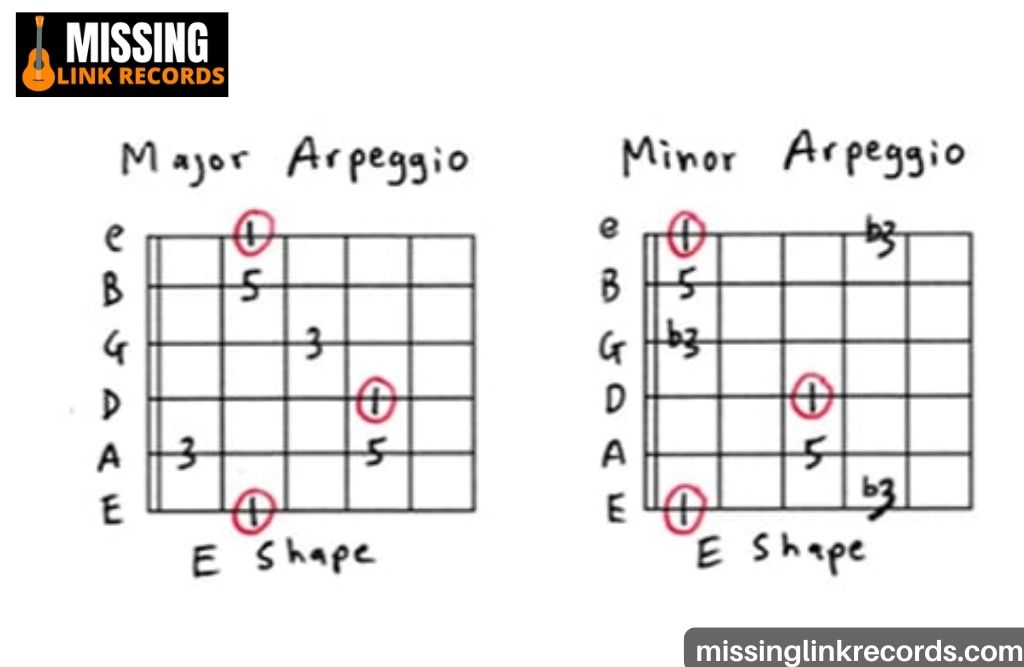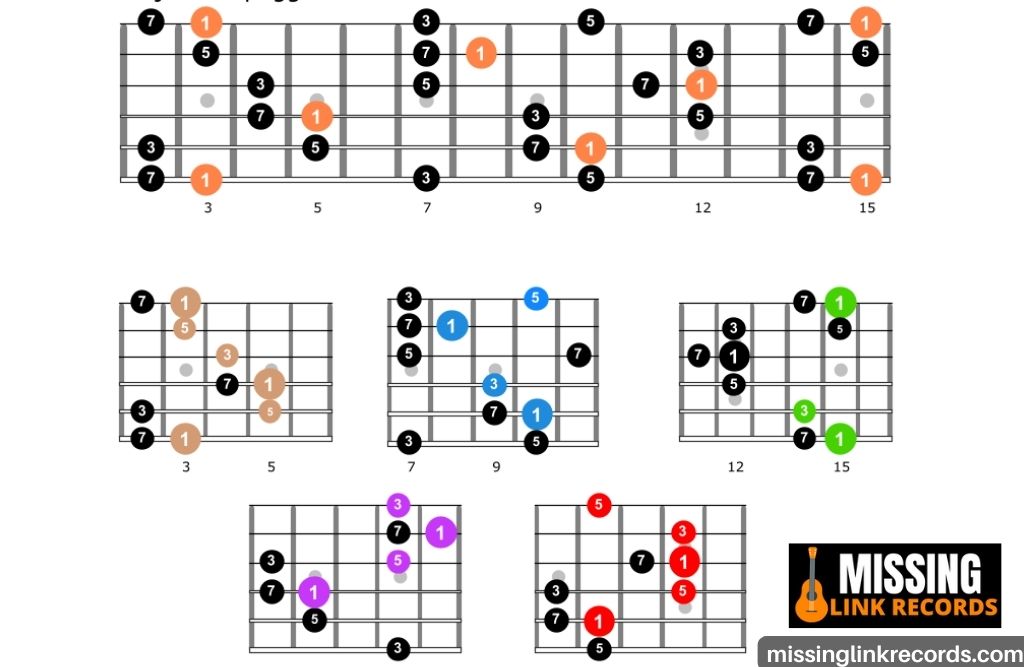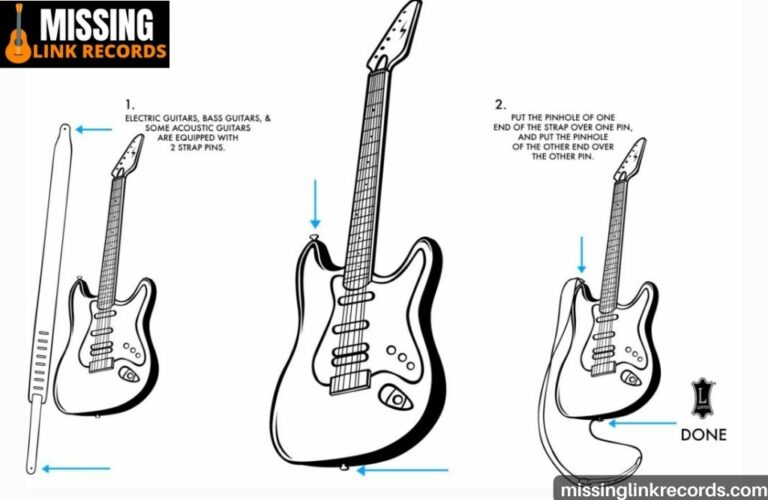What Are Arpeggios Guitar? Major & Minor Arpeggios on Guitar

What Are Arpeggios Guitar? Your guitar playing will be more colorful and interesting with arpeggios. They are also a useful technique for speed, stamina, and dexterity on the fretboard. In this post, we will explore how arpeggios work, what they are used for, and how to play them on guitar. We will also look at some common chord progressions that use arpeggios and some other techniques that can be applied to them.
The word ‘arpeggio’ means ‘broken chord’ (or ‘broken chord tones’). However, there is much more to an arpeggiated chord rather than breaking it into parts. Arpeggios are not simply notes repeated one after another. They have shape and character, making them distinct musical entities in their own right.
What does Arpeggios mean in guitar?
Arpeggios are a great way to get started with improvising, and they are also a great way to practice your technique. One note is played at a time during an arpeggio. You can play an arpeggio in any key or string, but it is most common to play them across different strings and in your guitar’s higher positions.
- There are several ways to play an arpeggio.
- But the most common way involves playing every chord note one after another.
- It is called an ascending arpeggio because each note ascends in pitch from one string to the next (and so on).
Descending arpeggios work the same way, except that you start on the lowest-pitched string and descend through the other strings until you reach the highest-pitched string again. Moreover, you can use them as fills between chords or during solos, and rhythm exercises. When you learn how to play guitar scales, it helps if you know them as arpeggios first.
Visit: What Are Scales In Guitar
How do you play Arpeggios on Guitar?
We’ve already covered how to play arpeggios on the guitar, but let’s take it further. In this article, we’ll look at three ways to practice and memorize your arpeggios so you can be playing them in no time.
Practice each string individually
The first thing you should do is practice each string individually. It will help you get the notes down and allow you to focus on one string at a time. When you are playing an arpeggio, it becomes crucial as you often do not have time to move your hand from one place to another. So by practicing each string separately, you can build up muscle memory and gain comfort with each note.
Play through the entire arpeggio at once
You should play through the entire arpeggio, but slowly. Starting with one finger per string and then adding another finger per string until they are all going together smoothly and evenly. It is an excellent way to see if everything is going together correctly and also helps build up muscle memory for when you speed up later on in the process.
Practice lifting off each note in turn until you get used to it
Once you have got that down pat, start practicing lifting off each note in turn until it feels natural doing so. Arpeggiator pedals are great, but they only work when playing chords and not single notes. If you wanted to practice arpeggios on guitar using an arpeggiator pedal, then you would have to play a chord and then lift off each finger one by one.
Also Visit: What Are Guitar Triads
Frequently Asked Questions (FAQs)
What is the difference between Scales and Arpeggios?
Arpeggios and scales differ in their construction and purpose. Scales are the building blocks for chords, melodies, and improvisation. They are made up of a specific combination of notes that can be used to play over any chord. The major scale is the most commonly used and contains seven different notes (1-2-3-4-5-6-7).
A scale can also be major or minor, depending on where you begin. An arpeggio is simply a series of notes played one after the other in a chord. They can be played in many different ways (ascending or descending), by using only certain notes from a chord or even with other notes added in.
What are the 5 Arpeggios?
These are five common arpeggios that will help you start exploring the fretboard. The five arpeggios will be:
- Major 7th
- Minor 7th
- Dominant 7th
- Minor six chord
- Dominant six chord
Visit & Read: What Is Shredding Guitar
What is the difference between the triad and Arpeggios?
The difference between triads and arpeggios is that a triad consists of three notes, while an arpeggio is a chord played in broken intervals. Triads are the most common chords in music because they can be formed from any combination of notes. For example, if you take a C major triad (C-E-G), the notes can be arranged in any order and still form a C major triad.
This flexibility makes it easy to see how so many songs use the same chords repeatedly. Arpeggios are similar to triads, but they have more than one note per chord instead of just one note repeated three times. The word “arpeggio” comes from the Italian word arpeggiate (“to play on a harp”).
Wrapping It Up
Arpeggios are one of the most widely used and easily identifiable guitar techniques in music. They give a piece of music color, shape, and flavor, and they are an excellent way to improve speed, stamina, and skill on the guitar fretboard. After reading this post, you should better understand what are arpeggios guitars, how they work, what they are used for, and much more.




